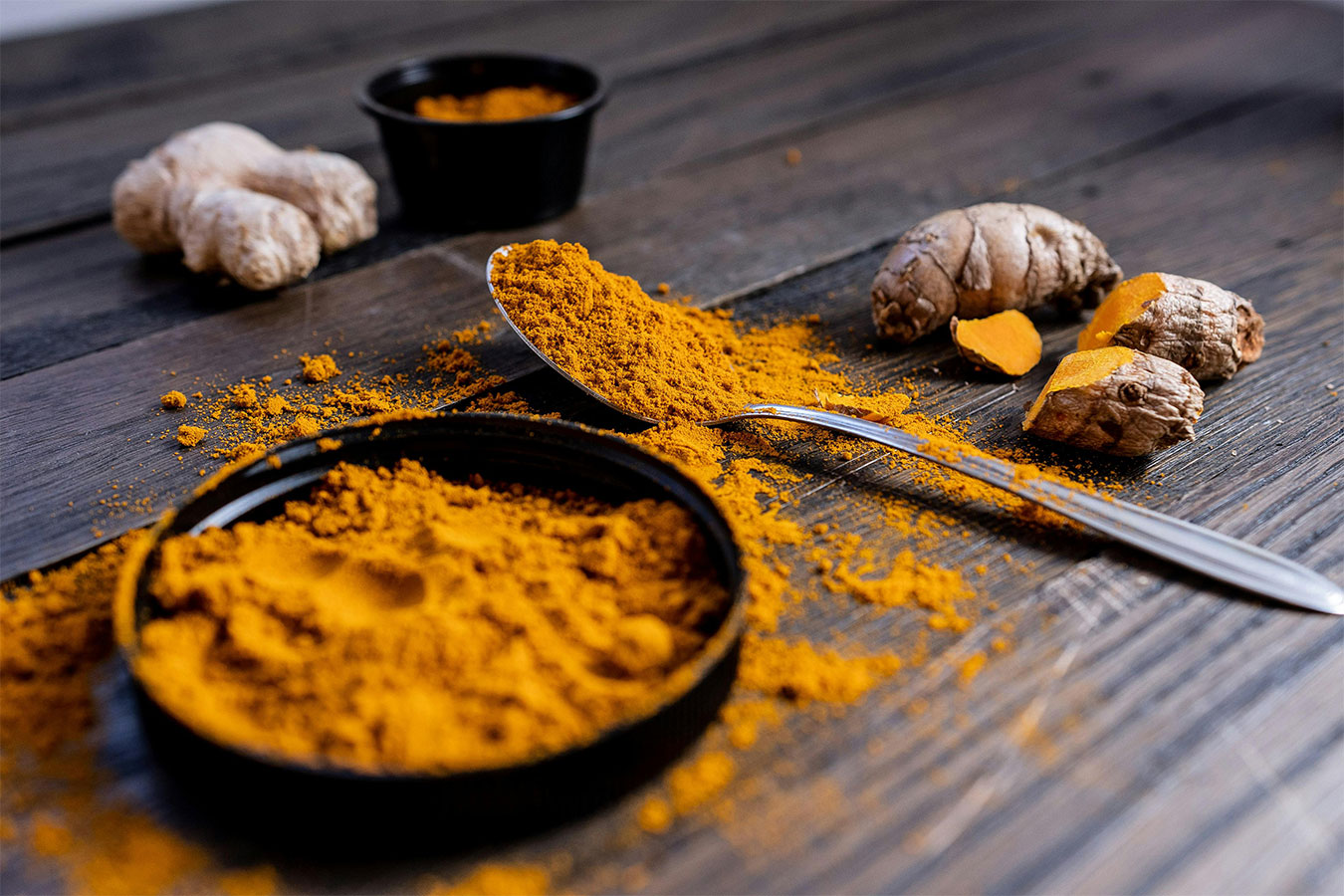Hormones have a quiet way of shaping our days. They influence how we sleep, how we digest, how we respond to stress, and how we feel in our own skin. And yet, for many women, hormones are also a mystery. We’re taught to endure irregular cycles, mood swings, fatigue, or fertility struggles as normal… but deep down, we know when something is off.
I remember the season when my own rhythms felt more like static than flow. I wasn’t sick, exactly. But I was tired, tense, and not quite myself. It wasn’t until I started learning about hormonal balance, and the herbs that gently support it—that things began to shift.
The three herbs I’m about to share—Vitex, Maca, and Ashwagandha—have helped countless women return to balance, one day at a time.
1. Vitex (Chaste Tree Berry): The Cycle Whisperer
Vitex agnus-castus is one of the most respected herbs in traditional Western herbalism for supporting female reproductive health. Its magic lies in its ability to gently influence the hypothalamic-pituitary-ovarian (HPO) axis—the communication line between brain and ovaries.
Rather than supplying hormones, Vitex helps the body regulate its own production—especially progesterone. That makes it helpful for:
- Irregular or missing periods
- PMS and mood swings
- Luteal phase support
- Fertility support in some women
- Hormonal acne linked to cycle imbalances
How to use it:
Vitex is most commonly taken as a tincture or capsule. It works best when taken consistently, first thing in the morning. It’s a slow-acting herb, often requiring 3–6 months to see full benefits—but the changes tend to be steady and lasting.
Note: It’s not typically recommended during pregnancy or while taking hormonal birth control.
2. Maca Root: Energy, Libido & Endocrine Support
Grown high in the Andes of Peru, maca (Lepidium meyenii) is a root that has been used for centuries as a tonic for energy, vitality, and hormonal resilience. But its effects aren’t just physical—it’s also considered an adaptogen, meaning it helps the body better respond to stress.
Maca is particularly supportive for:
- Low libido or sexual energy
- Fatigue and burnout
- Perimenopausal symptoms
- Fertility support in both women and men
- Post-birth control transition
Unlike Vitex, maca doesn’t directly alter hormone levels. Instead, it nourishes the endocrine system, offering the body the energy and minerals it needs to find its own rhythm again.
How to use it:
Maca comes in powder or capsule form. The powder has a nutty, malty flavor and can be added to smoothies, energy balls, or warm drinks. Start with ½ to 1 tsp daily and increase slowly if needed.
Look for gelatinized maca (easier to digest) and rotate or pulse your use if you notice overstimulation.
3. Ashwagandha: The Restorative Root
Of all the adaptogens, ashwagandha (Withania somnifera) is one of the most grounding. Rooted in Ayurvedic tradition, it helps the body adapt to chronic stress, supporting both the adrenal glands and thyroid function—two key players in hormonal health.
When cortisol levels stay elevated (from prolonged stress, poor sleep, or overwork), it disrupts the delicate hormonal dance. Ashwagandha helps restore calm and encourages the body to shift back into balance.
It’s especially helpful for:
- Anxiety, overwhelm, and wired-but-tired feelings
- Sleep disturbances
- Irregular cycles linked to stress
- Adrenal fatigue or burnout
- Low thyroid function (with care)
How to use it:
Ashwagandha is best taken in the evening if you’re using it for sleep, or morning if you’re using it for daily stress resilience. Powder can be stirred into warm milk with cinnamon and honey for a calming bedtime tonic.
Capsules or tinctures are also widely available. It may take a few weeks to notice subtle changes—but those changes often run deep.
Herbs are powerful allies, but they’re only one piece of the puzzle. True hormone harmony also comes from:
- Stable blood sugar (reduce refined sugar and caffeine)
- Good sleep hygiene
- Daily movement
- Emotional self-care
- Mineral-rich foods (especially magnesium, zinc, and B vitamins)
When we nourish ourselves on every level—physically, emotionally, energetically—our hormones respond. They soften. They recalibrate. They begin to move in harmony with the cycles of the earth and our own inner seasons.
If your hormones have felt out of tune, take heart: imbalance is not your destiny. It’s a message—and you’re allowed to answer it with gentleness.
Vitex, maca, and ashwagandha aren’t magic bullets. But they are invitations. Invitations to listen, to slow down, and to support your body in the language it understands: plants, rest, nourishment, presence.
Start where you are. Choose one herb. Stir it into your morning or evening. And notice what begins to shift—not just in your hormones, but in how you carry yourself through the day.


